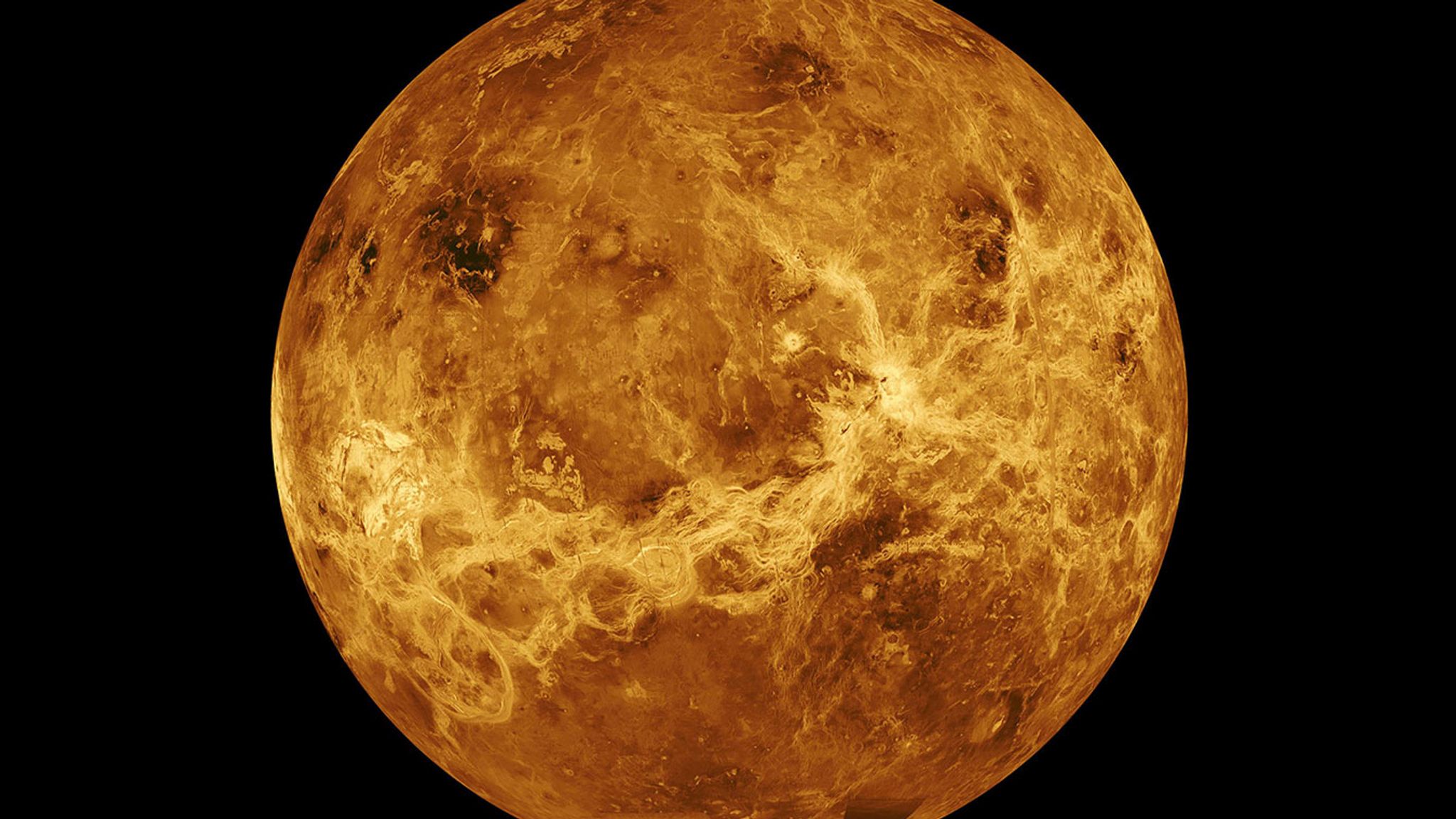
As human beings, we tend to think of Earth as the center of the universe. We take for granted that we are the only intelligent species in the cosmos, or at least the only one we know of. However, as our knowledge and technology expand, we are starting to discover that the universe is much bigger, weirder, and more fascinating than we ever imagined. One of the latest findings that challenge our worldview is the potential existence of life on Venus, Earth’s scorching hot neighbor.

According to a recent paper published by a team of scientists from the Massachusetts Institute of Technology, Venus’ clouds harbor a significant amount of phosphine, a chemical that could be a sign of extraterrestrial life. While phosphine exists in trace amounts on Earth, it is rare on any other rocky planet, as it’s hard to create without organic processes. The researchers believe that the most plausible explanation for the abundance of phosphine on Venus is some form of anaerobic life living in the acidic, superheated clouds that hover 30 to 40 miles above the planet’s surface.

If the scientists are right, this discovery would be a game-changer for astrobiology and human perception of life in the universe. For the first time, we would have evidence suggesting that life may not be confined to Earth-like planets in the habitable zone of stars, but could also exist in extreme environments with no hope of surface access, such as the upper atmosphere of gas giants or rocky planets with very thin atmospheres. We would also have to revise our assumptions about the conditions required for life, as Venus is nothing like Earth in terms of temperature, pressure, or radiation.

However, before we start celebrating the possibility of “aerial” aliens, we need to be cautious and skeptical. While the phosphine discovery is intriguing, it’s not enough to confirm the existence of life on Venus directly. There are several alternative explanations for the phosphine, such as the presence of unknown chemical reactions or exotic forms of matter. Furthermore, even if there is life on Venus, it’s probably not the kind we would recognize or communicate with. We don’t know if it’s microbial, multicellular, or intelligent, nor do we know how it would evolve in such harsh and isolated conditions.
Therefore, as much as we want to know if Venusians exist, we should not rush to conclusions or assumptions. Instead, we should embrace the scientific method and continue to investigate and explore Venus with more missions and instruments. The two missions planned for the 2030s, the Da Vinci+ and Veritas, will provide us with much more detailed data on Venus’ atmosphere, geology, and history, which will help us understand whether the planet has the potential to host life or not. We should also support the development of new technologies that can detect and analyze biosignatures, the chemical or physical traces of life, on Venus or other celestial bodies.

Moreover, we should be ready for the implications of finding extraterrestrial life, even if it’s not on Venus. Discovering life beyond Earth would have far-reaching consequences on numerous fields, from religion and philosophy to ethics and diplomacy. We need to prepare ourselves for the possibility that we are not alone in the universe, and that we share a cosmic heritage and destiny with other beings, regardless of their origin, appearance, or culture.
In conclusion, the recent findings on Venus’ clouds may or may not be a sign of alien life, but they are certainly a sign of the human capacity for curiosity, imagination, and discovery. As we continue to explore the universe, we should keep an open mind, a critical eye, and a humble heart, knowing that we are not the measure of all things, but rather part of a vast and fascinating cosmos that keeps surprising us with its wonders and mysteries.





